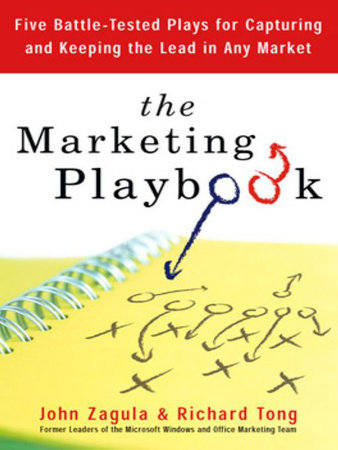It’s the ultimate business question of our time: How do real companies make money when customers expect (and often get) products for free?
There are millions of potential customers in the world. Most of them won’t pay anything for your product. But some will pay almost anything. The
challenge is to find the latter without wasting time and money on the former.
In The Curve, Nicholas Lovell weaves together stories from disparate industries to show how smart companies are solving this puzzle. From video games to pop music to model trains, the Internet helps businesses forge direct relationships with a vast global audience by building communities and offering bespoke products and experiences.
In many cases, businesses can win by sharing their product (or a version of their product) for free, allowing it to spread as widely as possible. Eventually, a huge number of freeloaders spread the word to the superfans who value that product the most. And a small number of superfans will love a product so much that they will spend substantial sums of money on it—given the chance. These high-value customers are enough to fuel a profitable business. For example:
- Nine Inch Nails front man Trent Reznor gave away his album for free to find the 2,500 hardcore fans who wanted the $300 limited ultradeluxe edition.
- Bigpoint, an independent game developer, released three adventure games to 130 million users—and made 80 percent of its $80 million revenue from just 23,000 users, who spent money to upgrade their game-playing arsenal.
- King Arthur Flour shares useful recipes and tips on its Web site, enchanting a cult of devoted bakers, many of whom happily travel to its Vermont headquarters for expensive specialty baking classes.
This approach doesn’t apply just to digital products anymore. With the advent of 3D printing, customization of physical goods is easier and cheap, and companies can truly tailor their offerings to their customers. A doll company can personalize everything from hair color to eye shape, and automakers
and technicians can create laser-scanned replacement parts for classic cars. Although the potential for piracy will spread to industries that believed they were immune to such disruption, businesses have an opportunity to make money in this new paradigm by offering variety, complexity, and flexibility at little to no extra cost.
What Lovell calls the Curve is a ranking of your company’s potential customers from those most likely to least likely to pay for your product or service. It charts their interest against the amount they are prepared to spend—be it nothing at all or thousands of dollars. The curve itself separates your revenue
opportunity (willing big spenders, your superfans) on the left from your marketing opportunity (freeloaders, whose only acceptable price point is $0) on the right. The area under the curve is the total amount of money you might be able to get from your customers or fans.
Lovell offers a strategy to draw more people into your orbit than was possible when physical costs limited your ability to expand. The Curve heralds a new era of creativity and business freedom.






















